Things you never knew about Antimicrobial Yarn: An exhaustive guide
What is Antimicrobial Yarn?
Antimicrobial Yarn is a synthetic fiber with antimicrobial properties that inhibit microbial growth and, in specific applications.
Antimicrobial Yarns have Antimicrobial agents applied, either at the surface or within. These agents could be added during the spinning or extrusion processes or as a special ingredient during solution dyeing. In addition, some fibers are given antimicrobial treatment during the finishing stage. Adding the antimicrobial agent is usually dependent on the application and sometimes budget.
Antimicrobial Textiles have been around for longer than you think
The addition of Antimicrobial agents to cloth dates back to 3000 BC. The Egyptians used naturally available spices and herbs to preserve their mummies. For hundreds of years, the Chinese used bamboo as a building material for its strength and an antimicrobial substance called
Bamboo-Kun
.

In World War II, Antimicrobials were widely used by the Allied and Axis coalitions to prevent textiles from rotting. Other applications included tents, tarpaulins, and truck covers. In addition, fabrics were commonly treated with a unique mixture of copper, antimony salts, and chlorinated waxes.
When these chemical agents resulted in health and pollution-related issues, modern guidelines were set for the production of Antimicrobial textiles during the early 1960s. Some of these broad guidelines include:
- The Antimicrobial agent must be suitable for textile processing
- They must be durable during processes like laundering, dry cleaning, and hot pressing
- They must be safe for use on skin or area of application
- All Antimicrobial agents must be environmentally-friendly.
The need for Antimicrobial Yarn

These microbes constantly seek surfaces to grow, and textiles usually made from natural fibers are a perfect example. They are porous, warm, and hard-to-clean - perfect for microbe growth! When microbes grow on textiles, they deteriorate the material’s mechanical strength and cause stains on the fabric. There have been several cases when microbes have wrecked their havoc on full shipping containers on fabrics, leading to textiles now being packed in airtight packaging.
But the effect of these microbes on humans is far more significant - unfavorable odors and infections, to name a few. These are a few reasons why Antimicrobial Yarns were developed and used in several applications today.
Top Applications of Antimicrobial Yarn
1. Antimicrobial Hospital Wear and Linen
Clothing used by both patients and doctors in hospitals is naturally bound to bustle with harmful microbes. One must also consider other textiles like bed linen and blankets. But these applications are only the surface of current applications in the healthcare industry.
Antimicrobial textile dressings are increasingly used to treat wounds and manage wound infections. Since wound dressings are in direct contact with broken skin, they must meet the following criteria.
- The Antimicrobial dressing must possess a broad-spectrum antimicrobial effect
- It should be non-toxic and safe to use on broken skin
- It should not cause allergic reactions
- It should help in developing bacteria that are resistant to the Antimicrobial agent
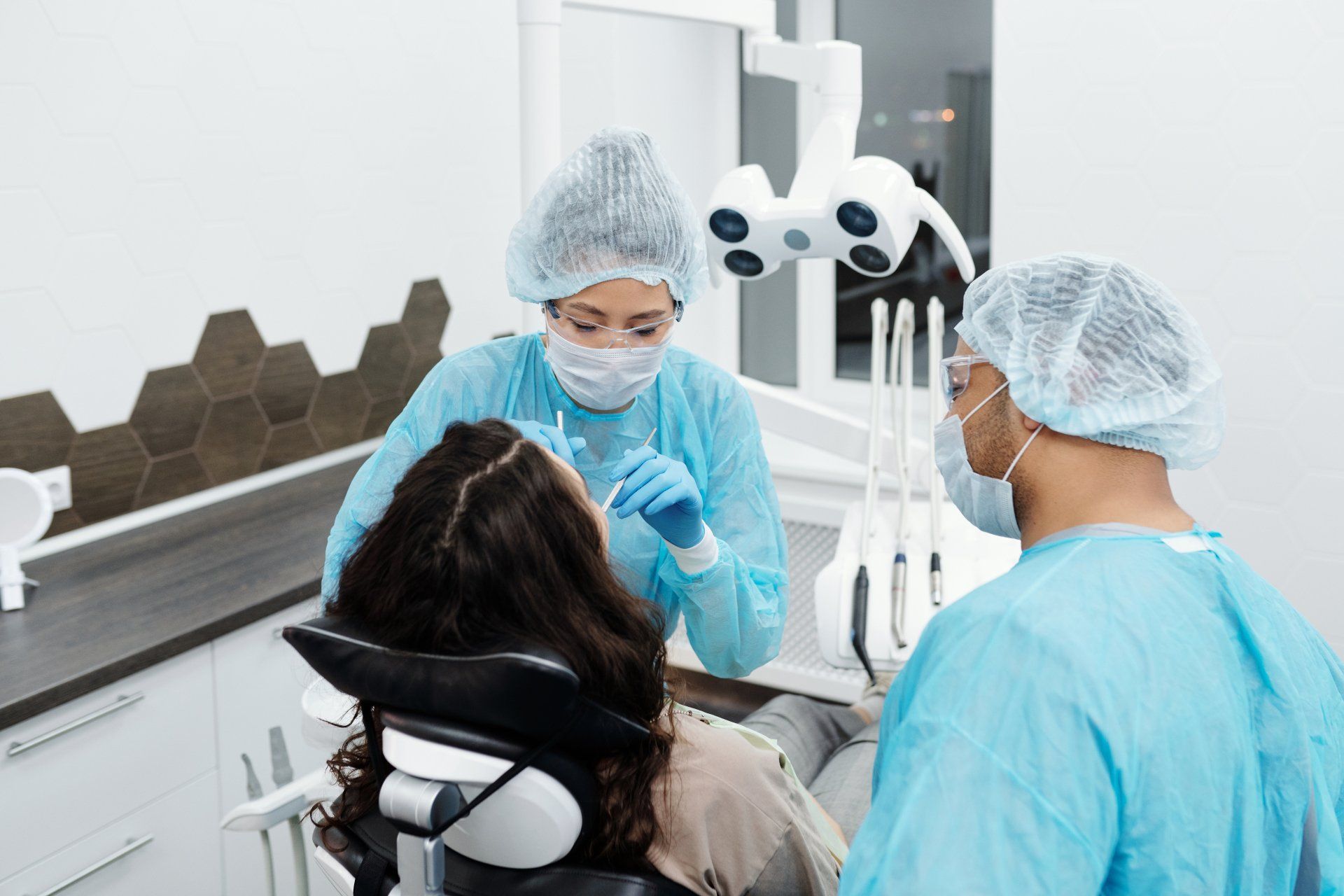
For such applications, commonly used Antimicrobial compounds are not recommended for use on broken skin. Ions of Silver, Copper, and Zinc are non-toxic to human skin and have proven to be effective antimicrobial agents for wound management. Amongst naturally occurring materials, Melaleuca Alternifolia oil (commonly called tea tree oil) has shown realms of promise in treating wound infections. Apart from being a natural antimicrobial agent, it has anti-inflammatory attributes and activates monocytes.
Other applications of Antimicrobial Yarn in the healthcare/hospital industry include earbuds, scrubs, masks, and other protective kits.
Commercial Applications
Public places and commercial centers like movie halls, malls, etc., see much human traffic every day. Textiles used in these applications could be categorized as high exposure and, therefore high risk. This would include floor carpets, seat covers, blinds, curtains, contact surfaces in public buses, cabs, and more. It would essentially help if these surfaces were made from Antimicrobial materials.
Usually, these textiles are surface-modified by techniques like electrospinning, nanotechnology, plasma treatment, polymerization, microencapsulation, and sol-gel. Apart from making the material Antimicrobial, these processes also impart functional attributes like water-repellent and flame-retardant.
Common Apparel

Specific garments tend to stay out of the sun and accumulate moisture when used, like the inside of caps, sportswear, sanitary pads, and inner garments.
On the other hand, winter wear is stored for long periods and rarely washed.
The structure of wool makes it a perfect breeding place for microbes.
Antimicrobials in these applications help keep the microbes in check and offer socially-favourable advantages like odour control.
Household or Home Textiles
Home Textiles could play a huge role in passing microbes from one person to another since they are typically exposed to several people under the same roof. Such examples include carpets, floor mats, floor rugs, curtains, bed linen, pillows, and more.
Special Applications

Such applications include military-grade uniforms, dusting cloths, mops, tents, and more.
Generally, fabrics used in these applications undergo various Antimicrobial treatments to control a broad range of bacteria, fungi, and viruses.
Types of Antimicrobials Agents and Examples

Antimicrobial agents are classified by their action on a cell’s function or integrity. If they only inhibit cell growth, they are termed Biostatic Antimicrobials . If they can kill these microbes, then they are termed Biocidal Antimicrobials .
Most Antimicrobial agents used in the commercial textile industry are Biocides. Their chemical and structural composition determines how they target microbial cells. Here is a list of how these Antimicrobial agents fight microbes.
- Damage/inhibition of cell wall synthesis, which is critical for the life and survival of bacterial species.
- Inhibition of cell membrane, as it regulates the flow of substances, therefore resulting in the leakage of vital solutes for the cells’ survival.
- Inhibition of protein synthesis, the basis of cell enzymes and structures, therefore causing the death of the microbe or inhibition of its growth and multiplication.
- Inhibition of nucleic acid synthesis (DNA and RNA) due to the binding of the Antimicrobial agents to components involved in the synthesis. This also leads to the death of the microbe or inhibition of its multiplication.
- Inhibition of other metabolic processes essential for bacterial DNA synthesis.
Here is a brief list of the main antimicrobial agents used in textiles and the main fibres with which they are used.
Each of these Antimicrobial agents present both advantages and challenges. To understand what would be best for your application, please reach out to our experts at
ho@beekaylon.com
.
PURIFLEX: Antimicrobial Yarn from Beekaylon
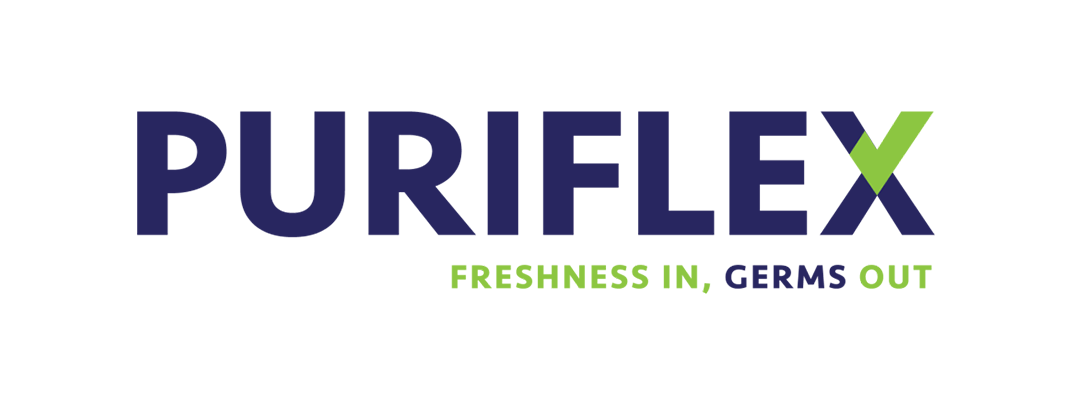
Even at low concentrations, various non-essential metals have been found to have a toxic effect on a large number of microbes. Their biocidal effects are triggered by the following:
- Metal reduction potential and/or
- By the metal donor atom selectivity and/or
- Speciation (the formation of new species in the course of evolution).
In general, metal ions bind to donor ligands like O, N, and S, and replace the original metals present in microbes leading to cellular dysfunction.
Of the various metals, Silver has become the metal Antimicrobial agent of choice, for the textile industry. Its rock-solid reputation stems from Silver’s strong polymicrobial colonisation properties. Silver possesses bactericidal activity against a wide range of Gram-positive and Gram-negative bacteria. Some of them are Pseudomonas Aeruginosa, Staphylococcus Aureus, Staphylococcus Epidermidis, Escherichia coli (E. Coli), and Klebsiella Pneumonia.
After extensive research of the benefits of Silver and its antimicrobial properties, we developed
PURIFLEX, our brand of Antimicrobial Yarn.

PURIFLEX features permanently infused Silver-based AM++ ions that remain effective even after extensive washes and usage. It is a novel way to prevent bad odours in garments like sportswear and innerwear while being friendly to both the human skin and the environment at large.

About Beekaylon
Beekaylon is a leading synthetic yarn manufacturer. We are best known to our customers for our innovations and strong value systems. Our products cover a wide range of applications from apparel to elastic tapes. From Partially Oriented Yarn (POY) / Fully Drawn Yarn (FDY) to Draw Textured Yarn (DTY) / Air Texturised Yarn (ATY), Stain-Resistant Yarn, Moisture Management Yarns, and UV-Resistant Yarns. We offer the full range of specialty yarns.
And we have recently added a revolutionary new product to the mix - Bulk Continuous Filament (BCF) Yarn with a wide range of commercial applications - from wall to wall carpets for cinema halls, mats, and rugs for residences, to furnishing for high-end automobiles. Know more at www.beekaylon.com or write to contact@beekaylon.com .
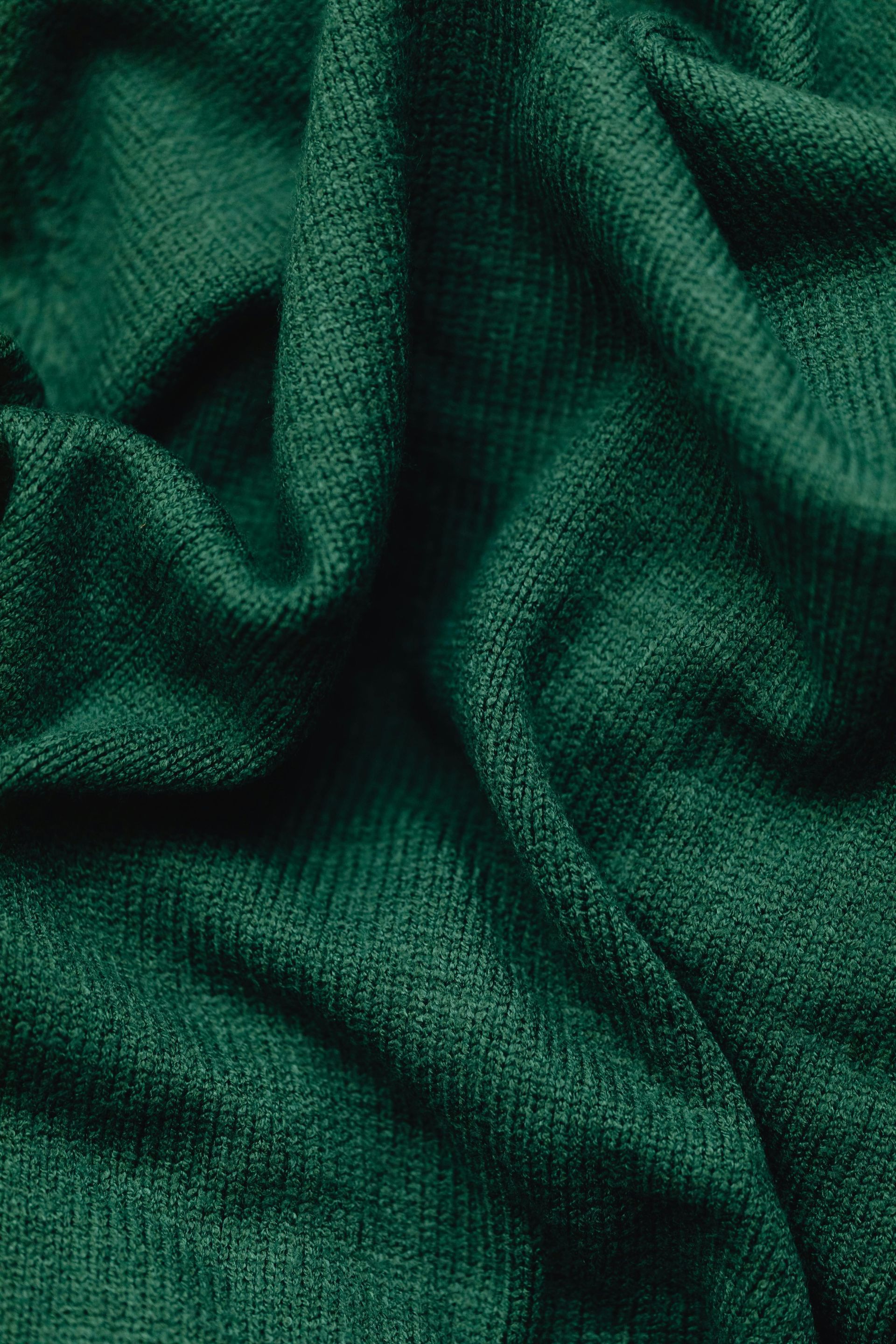
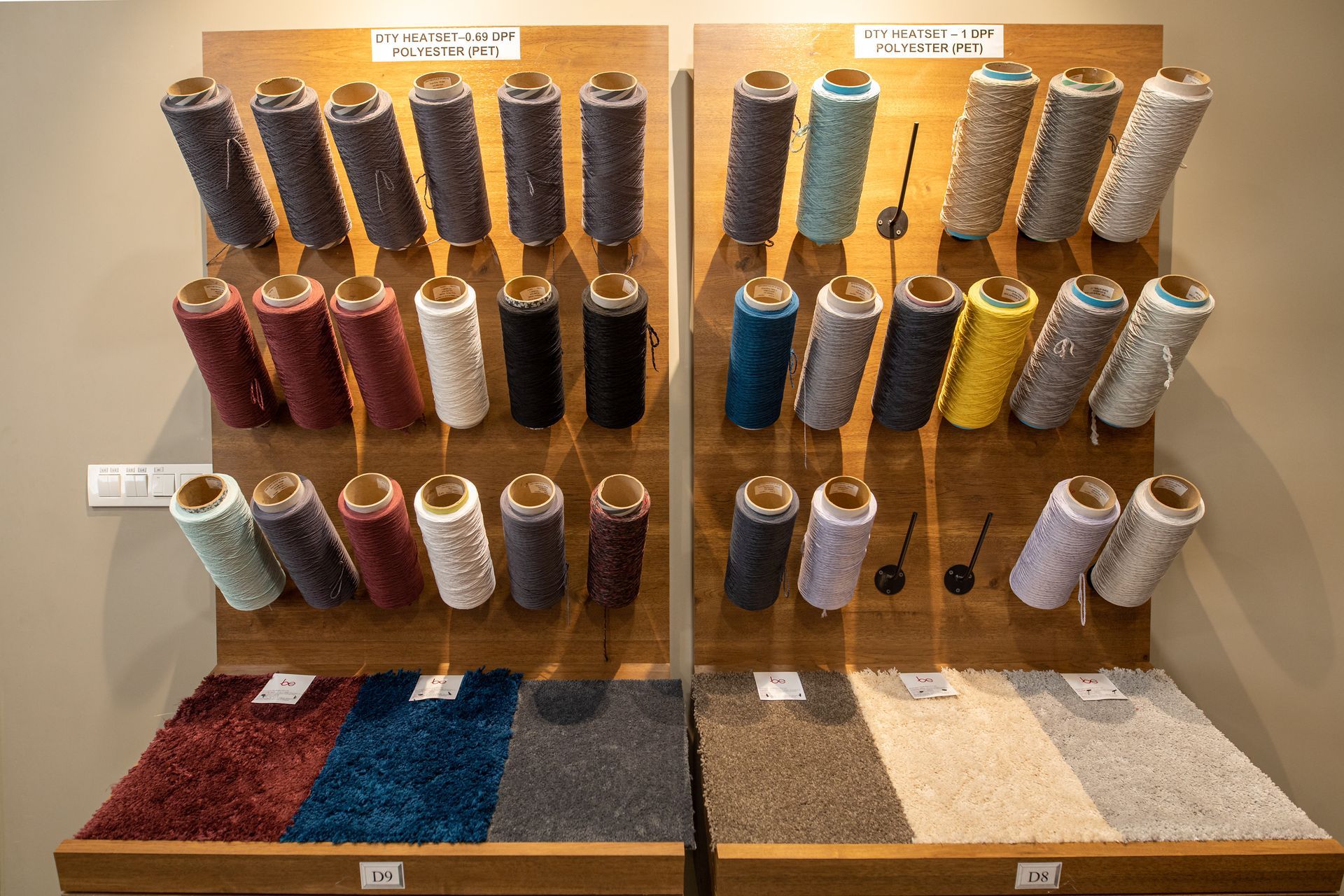
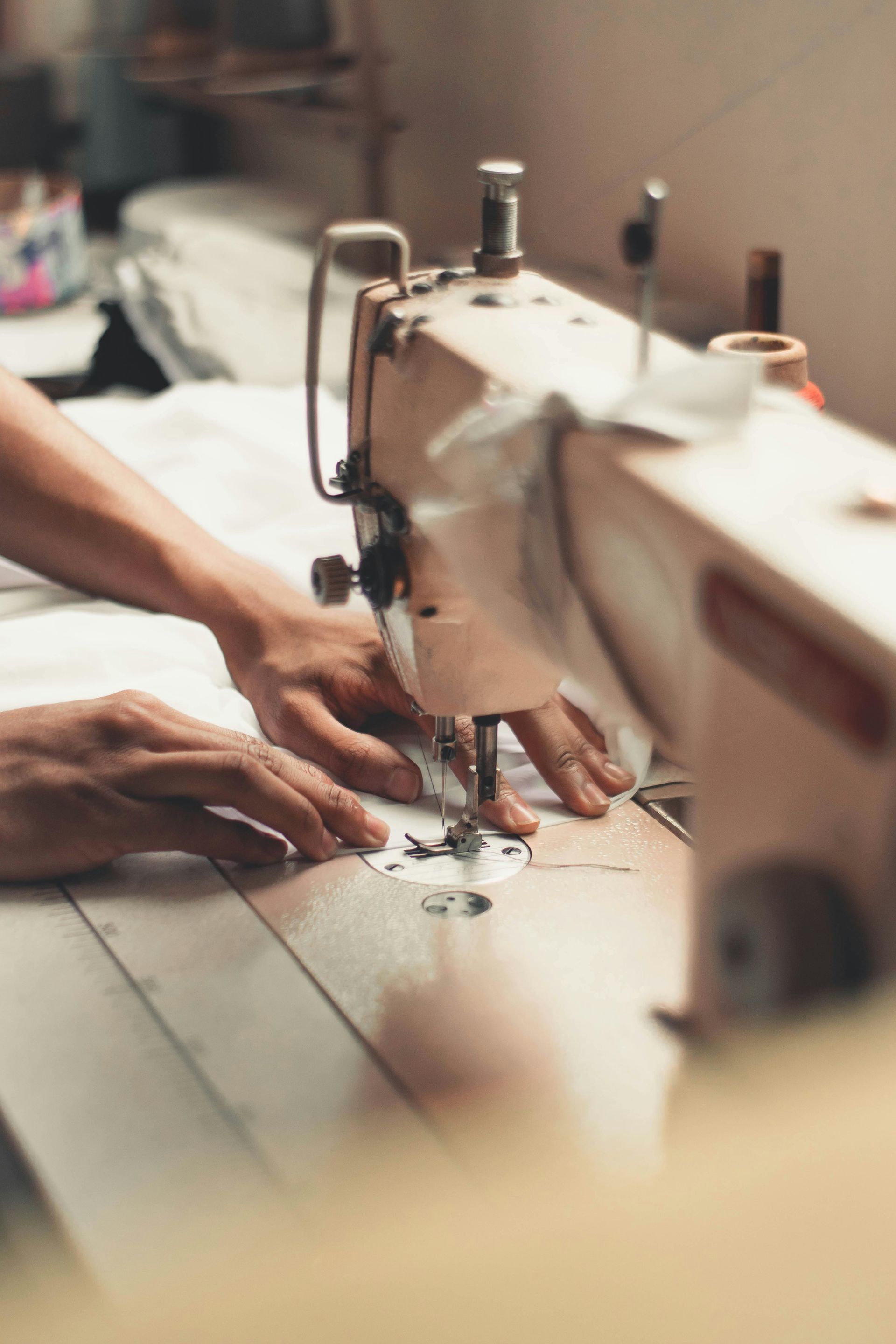
Want more information?
Beekaylon Synthetics Pvt Ltd.
15-17 Maker Chambers III, 1st Floor, Jamnalal Bajaj Road, Nariman Point, Mumbai, Maharashtra 400021, India
+91-22-43530400
